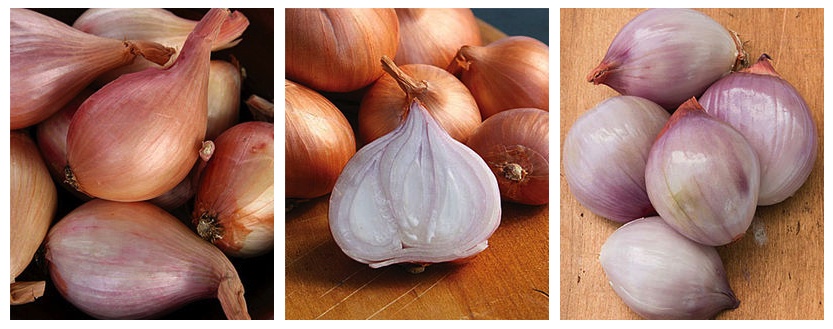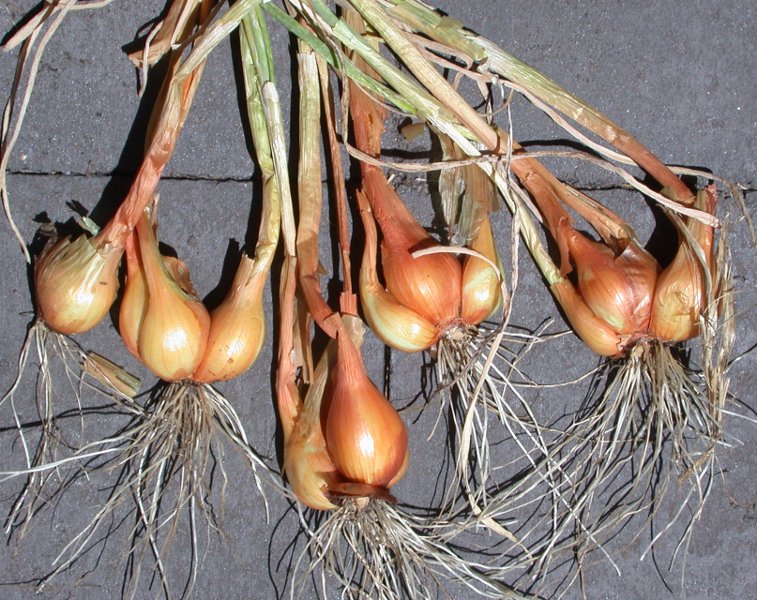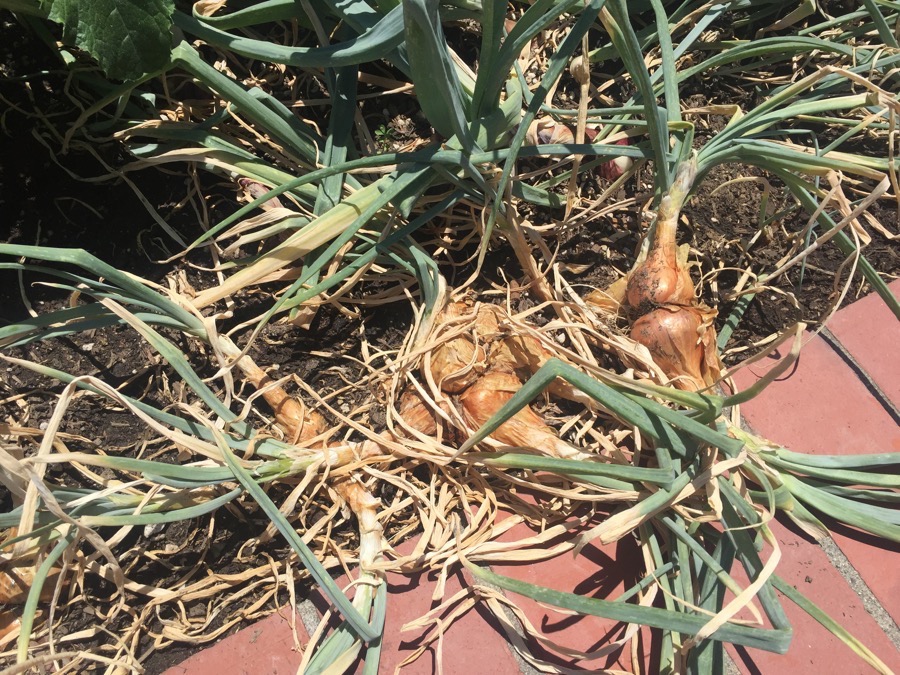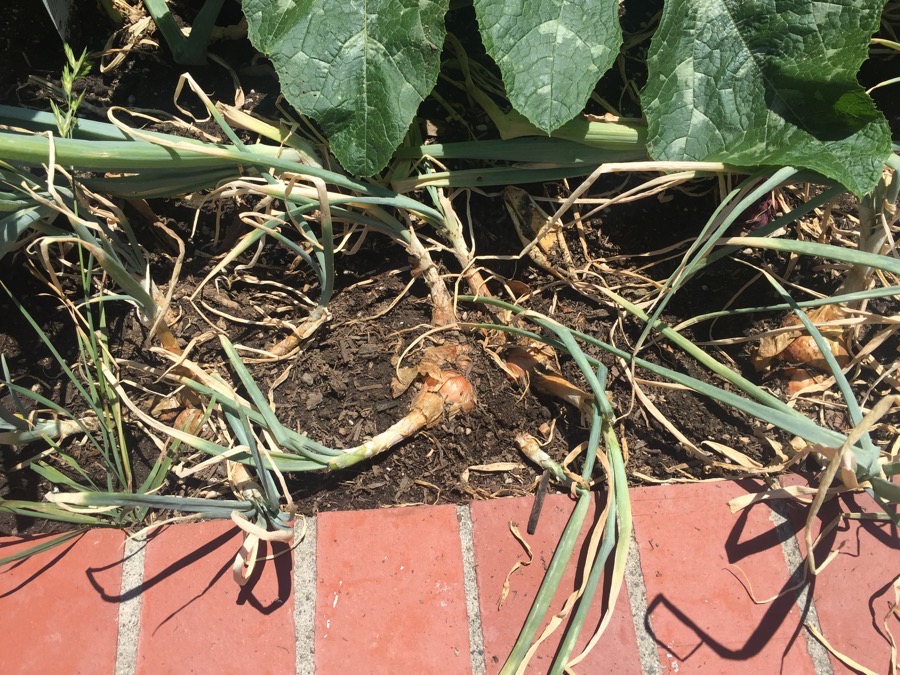Shallots
Many people think of shallots as a type of onion; however, they are their own species. Shallots grow in clusters and have a textured, copper-colored skin. Shallots are mild flavored and taste like a combination between onion and garlic.

French Red, Holland Red, and Ambition shallots - We grow them all

Growing Shallots
To get the most of your shallot crop, it's important to know the best time for harvesting shallots in the garden. Keep reading to learn how to harvest shallots. Growing Shallots Shallots prefer soil that drains well and has a high composition of organic matter.
Keeping shallot beds free of weeds is essential to good development and helps with shallot picking once the time to harvest a shallot plant arrives. Shallots are grown from sets as well as transplants.
Shallot plants benefit from a regular feeding of organic fertilizer. The root system of shallot plants is extremely shallow, and the plants need consistent water in order to thrive.
What are Shallot Sets?
When planting shallot sets, consider that shallots are classified into two groups: pear-shaped (the French type) and round. The color of each variety will run from white to purple with the flavor varying depending on type of shallot set, weather and growing conditions. A shallot set is a grouping of small individual shallot bulbs generally purchased from a nursery. A 1-pound shallot set is enough to plant a 20-foot row, although the number of bulbs will vary. This 1-pound shallot set will yield 10-15 times as many mature shallots.
When to Harvest Shallots
Some people have a difficult time knowing when to harvest shallots. Both the plant tops and the bulbs can be eaten, so the time to harvest a shallot plant depends on the part you will be using. The tops can be harvested within 30 days and are commonly used in soups, salads and stews. The bulbs will take around 90 days to mature. Shallot bulb picking should begin when the greens of the plant start to wither, fall over and die. They will turn brown and become droopy while the bulbs will protrude from the soil and the outer skin becomes papery.

Our shallots in the front yard July 2016

Another few weeks to picking!
This usually happens in mid to late summer. How to Harvest Shallots When it is time to harvest a shallot plant bulb, dig the bulbs, shake off the dirt, braid the tops and let them dry. Use a digging fork to gently lift the entire clump out of the ground and gently shake off the soil. Allow the bulbs to dry out some in the garden for about a week or so, weather permitting. You can also store them in mesh bags in a cool and dry location.
How Do I Harvest, Dry, And Store Shallots?
Harvest mature bulbs in late summer when the tops have turned yellow and begun to dry. Cure the shallots in a warm, dry location for one to two weeks. After the shallots have been cured, cut off the dry foliage, place the bulbs in a mesh bag and store the shallots in a cool (32 to 40 F), dry (60 to 70 percent relative humidity) location. When properly cured and stored, shallots can be successfully stored for six months or longer.